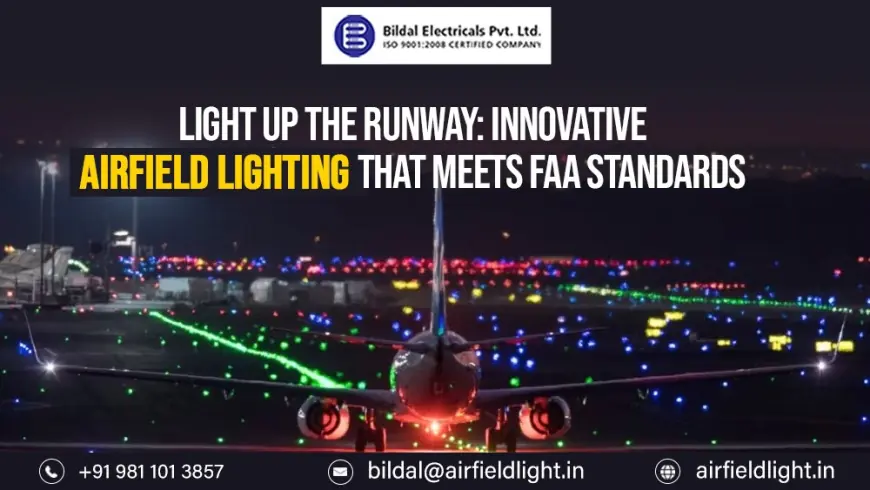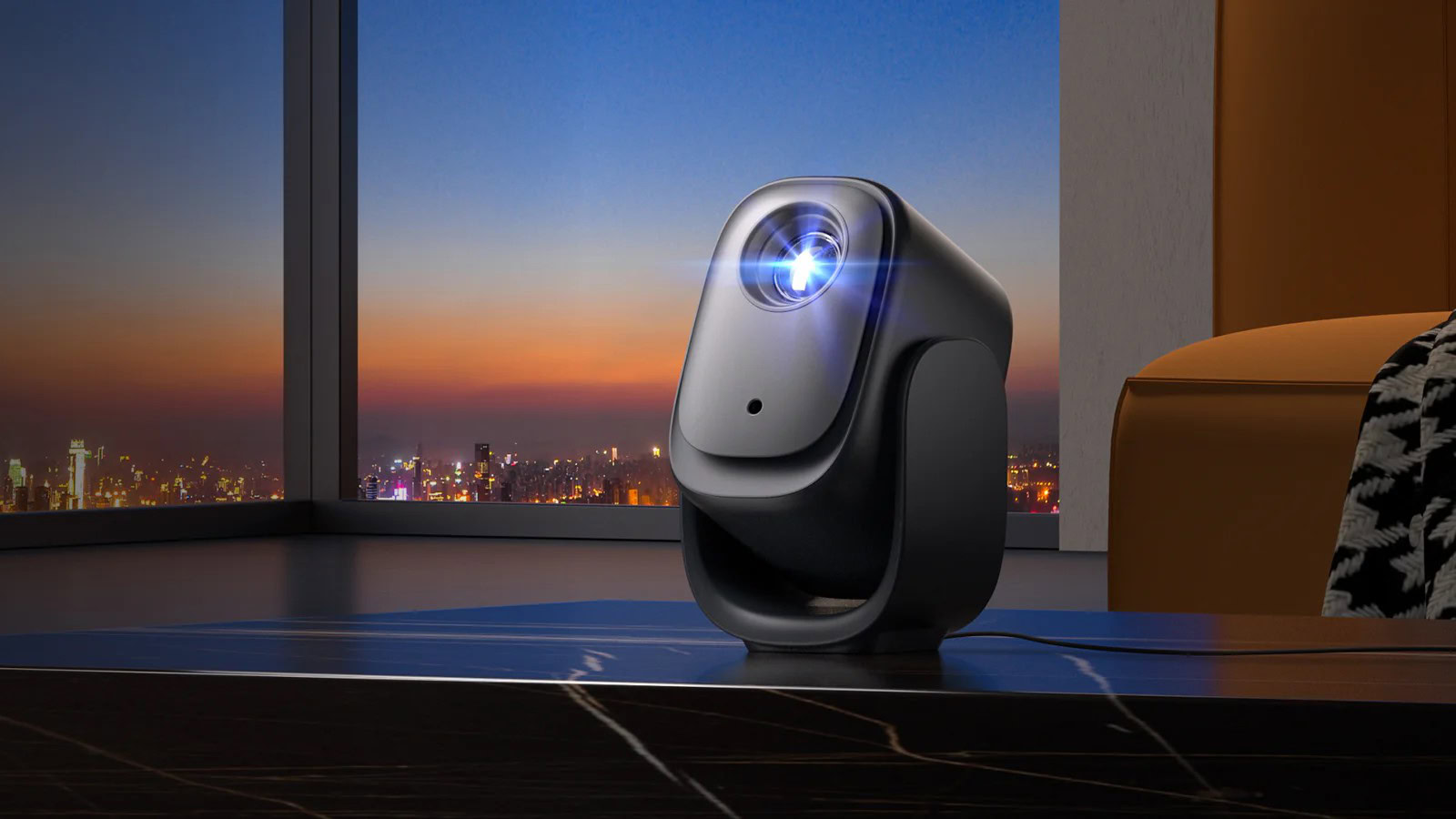Light Up the Runway: Innovative Airfield Lighting That Meets FAA Standards
From the moment an aircraft begins its descent to the final touchdown, airfield lighting plays a crucial role in ensuring safe navigation.

From the moment an aircraft begins its descent to the final touchdown, airfield lighting plays a crucial role in ensuring safe navigation. Whether it’s guiding pilots through challenging weather conditions or providing clear runway visibility at night, high-quality lighting is an essential component of any airport infrastructure.
But not all airfield lighting is created equal. To meet safety regulations and provide optimal performance, it must comply with FAA standards—and that’s where FAA obstruction lighting and FAA LED lighting come in. These advanced lighting solutions are designed for efficiency, durability, and maximum visibility, helping airports and pilots maintain safety with confidence.
Let’s explore how airfield lighting is evolving and why choosing FAA-approved solutions is a game-changer for aviation safety!
What Makes Airfield Lighting So Important?
Pilots rely heavily on airfield lighting for takeoff, landing, and taxiing, especially in low-visibility conditions like fog, rain, or nighttime operations. Without proper lighting, even the most experienced pilots can struggle to navigate safely. Modern FAA LED lighting systems provide high-intensity illumination with lower energy consumption, making them both cost-effective and environmentally friendly.
Additionally, FAA obstruction lighting helps mark tall structures like towers and buildings near airfields, preventing potential collisions. From runway edge lights to approach lighting systems, every element of airfield lighting plays a specific role in enhancing visibility and ensuring smooth operations.
Key Components of Airfield Lighting
Airfield lighting consists of various systems, each serving a unique purpose. Here are some of the most critical components:
1. Runway & Taxiway Lighting
These lights help pilots identify runway boundaries, centerlines, and taxi paths. FAA LED lighting solutions offer bright, long-lasting illumination while reducing maintenance costs.
2. Approach Lighting Systems (ALS)
ALS provides visual guidance to pilots during their final approach, making landings safer in poor visibility conditions.
3. FAA Obstruction Lighting
Obstruction lighting warns pilots about potential hazards such as communication towers, wind turbines, and tall buildings. These lights are mandatory for structures above a certain height to prevent accidents.
4. Airport Beacons & Wind Indicators
Beacons help pilots locate an airport from a distance, while wind indicators provide crucial wind direction and speed data.
By integrating FAA-approved airfield lighting, airports can enhance safety, efficiency, and compliance with aviation regulations.
Why Choose FAA-Approved Airfield Lighting?
To ensure the highest safety standards, the Federal Aviation Administration (FAA) has strict requirements for airfield lighting systems. Here’s why choosing FAA LED lighting and FAA obstruction lighting is essential:
· Regulatory Compliance – FAA-approved lights meet the necessary safety regulations, ensuring airports remain compliant.
· Enhanced Visibility – High-intensity lighting improves pilot navigation, reducing the risk of runway incidents.
· Energy Efficiency – Modern FAA LED lighting consumes less power and has a longer lifespan than traditional incandescent lights.
· Durability & Weather Resistance – Designed to withstand extreme weather conditions, FAA-compliant lights offer unmatched reliability.
· Lower Maintenance Costs – LED technology minimizes maintenance needs, saving both time and money for airport operators.
With FAA-compliant lighting solutions, airfields can ensure smooth operations while prioritizing safety.
The Future of Airfield Lighting: Smart & Sustainable Solutions
As technology advances, airfield lighting is becoming more intelligent and sustainable. Here’s how the future of aviation lighting is shaping up:
· Solar-Powered LED Lights – Many airports are transitioning to solar-powered FAA LED lighting, reducing their carbon footprint while maintaining efficiency.
· Remote-Controlled Lighting Systems – Smart lighting solutions allow air traffic controllers to adjust brightness levels based on real-time weather conditions.
· Adaptive Obstruction Lighting – Modern FAA obstruction lighting can adjust intensity based on aircraft proximity, optimizing energy use.
· Integrated Monitoring Systems – IoT-enabled lighting systems provide real-time diagnostics, allowing for predictive maintenance and reducing downtime.
These innovations are transforming airport infrastructure, making runways safer, smarter, and more sustainable.
Upgrade Your Airfield Lighting Today!
Whether you’re an airport operator, airfield engineer, or aviation professional, choosing the right FAA-approved airfield lighting is crucial for operational efficiency and safety. From high-performance FAA LED lighting to durable FAA obstruction lighting, investing in quality lighting solutions ensures compliance, reliability, and cost savings. Ready to light up the runway with cutting-edge solutions? Upgrade your airfield lighting today and take aviation safety to new heights!
What's Your Reaction?
 Like
0
Like
0
 Dislike
0
Dislike
0
 Love
0
Love
0
 Funny
0
Funny
0
 Angry
0
Angry
0
 Sad
0
Sad
0
 Wow
0
Wow
0












































